Research Areas
adaptation genomics, population genomics, myrmecology
I am intrigued by the possibilities of using large genomic datasets to retrace ancient and recent evolutionary events that have led to speciation and the emergence of new and adaptive phenotypes. More specifically in my case, the phenotypes of ants. The ants are one of the most diverse animal lineages on this planet and they show an absolutely remarkable diversity in terms of phenotype, niche specialization, and life history. One of my research focuses currently lies on the evolution of social parasitism in leaf-cutting ants, where I compare the genomes of several convergently evolved social parasite species with their closely related host species. Despite the recent divergence, the phenotypic differences between hosts and parasites are substantial and we have already found evidence for convergent gene loss and other genomic changes in the parasites. A second major focus of my work lies in understanding the genetic and genomic mechanisms that allow the rapid adaptation of populations and species to changing environments. For this, I use the invasive and wide-spread ant species Cardiocondyla obscurior as a laboratory model to study how transposable elements, cryptic genetic variation and phenotypic plasticity can bring forward novel and adaptive changes on the phenotypic level.
CV
Education
- Promotion (Uni Regensburg)
- Diplom (Ruhr-Uni Bochum)
Position
- Post-doc (Københavns Universitet)
Projects
Selection
- GAGA – The Global Ant Genomics Alliance (since )
Own Resources Project
Complete List
- SPP 1819 - Rapid evolutionary adaptation - Potential and constraints - TP: Genetische und epigenetische Mechanismen von schneller Wirtsanpassung in dem Blattlausparasitoiden ervi ( – )
Subproject in DFG-Joint Project Hosted outside the University of Münster: DFG - Priority Programme | Project Number: SCHR 1554/3-1; GA 661/4-1 - SPP 1819 - Rapid evolutionary adaptation - Potential and constraints - TP: Schnelle adaptive Veränderung durch hohe Rekombinationsraten in eusozialen Insekten ( – )
Subproject in DFG-Joint Project Hosted outside the University of Münster: DFG - Priority Programme | Project Number: SCHR 1554/2-1 - GAGA – The Global Ant Genomics Alliance (since )
Own Resources Project
- GAGA – The Global Ant Genomics Alliance (since )
Research Articles (Journals)
- . . ‘The role of cuticular hydrocarbons in intraspecific aggression in the invasive ant Cardiocondyla obscurior.’ Myrmecological news 33: 187–196. doi: 10.25849/myrmecol.news_033:187.
- . . ‘Genomic architecture and evolutionary dynamics of a social niche polymorphism in the California harvester ant, Pogonomyrmex californicus.’ BioRXiv 2021. doi: 10.1101/2021.03.21.436260.
- . . ‘Genome Assembly and Annotation of the California Harvester Ant Pogonomyrmex californicus (Buckley, 1867).’ G3: Genes, Genomes, Genetics 11. doi: 10.1093/g3journal/jkaa019.
- . . ‘High-Quality Genome Assembly and Annotation of the California Harvester Ant Pogonomyrmex californicus (Buckley, 1867).’ BioRxiv 2020. doi: 10.1101/2020.09.01.277236.
- . . ‘Stress and early experience underlie dominance status and division of labour in a clonal insect.’ Proceedings of the Royal Society B: Biological Sciences 285, No. 1885. doi: 10.1098/rspb.2018.1468.
- . . ‘The impact of transposable elements in adaptive evolution.’ Molecular Ecology 23: 2042–31. doi: 10.1111/mec.14794.
- . . ‘Accelerated Evolution of Developmentally Biased Genes in the Tetraphenic Ant Cardiocondyla obscurior.’ Molecular Biology and Evolution 34, No. 3: 535–544. doi: 10.1093/molbev/msw240.
- . . ‘The Global Ant Genomics Alliance (GAGA).’ Myrmecological news 25: 61–66.
- . ‘Evolution of Social Insect Polyphenism Facilitated by the Sex Differentiation Cascade.’ PLoS Genetics 12, No. 3. doi: 10.1371/journal.pgen.1005952.
- . ‘A novel intracellular mutualistic bacterium in the invasive ant Cardiocondyla obscurior.’ ISME Journal 10, No. 2: 376–388. doi: 10.1038/ismej.2015.119.
- . ‘Mating with an allopatric male triggers immune response and decreases longevity of ant queens.’ Molecular Ecology 24, No. 14: 3618–3627. doi: 10.1111/mec.13267.
- . ‘Sphingolipids, transcription factors, and conserved toolkit genes: Developmental plasticity in the ant cardiocondyla obscurior.’ Molecular Biology and Evolution 32, No. 6: 1474–1486. doi: 10.1093/molbev/msv039.
- . ‘Expression of the foraging gene is associated with age polyethism, not task preference, in the ant Cardiocondyla obscurior.’ PloS one 10, No. 12. doi: 10.1371/journal.pone.0144699.
- . ‘Transposable element islands facilitate adaptation to novel environments in an invasive species.’ Nature Communications 5, No. null. doi: 10.1038/ncomms6495.
- . ‘Evolution from the prokaryotic to the higher plant chloroplast signal recognition particle: The signal recognition particle RNA is conserved in plastids of a wide range of photosynthetic organisms.’ The Plant cell 24, No. 12: 4819–4836. doi: 10.1105/tpc.112.102996.
Dr. Lukas Schrader

Group members
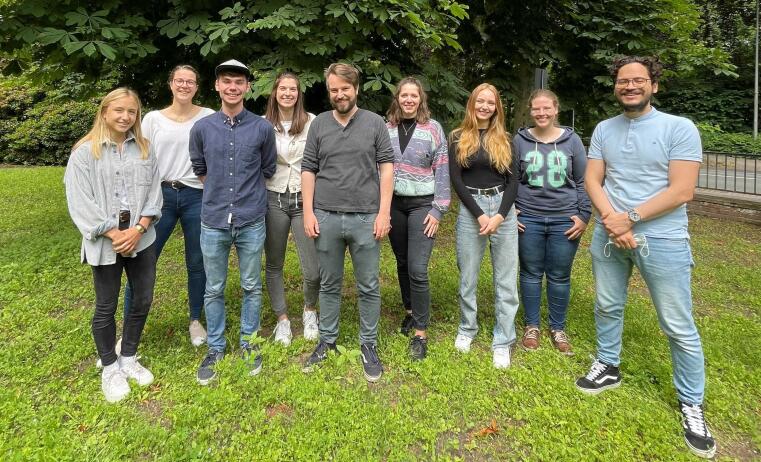
PhD students
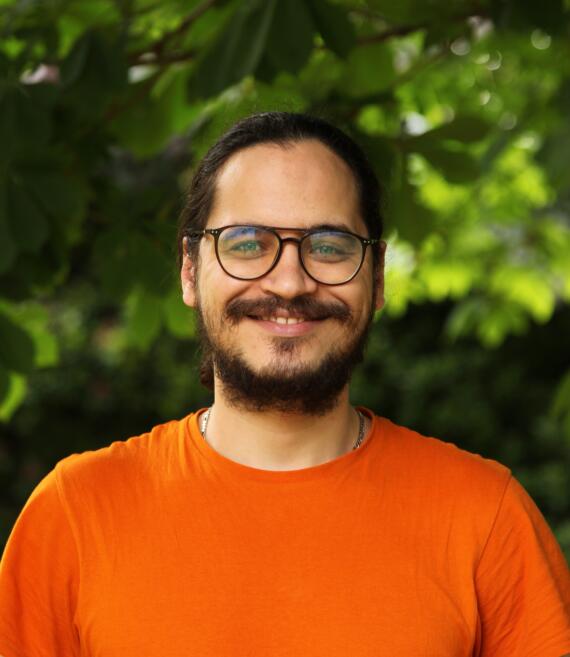
© Nicolas Schröder Mohammed "Simo" Errbii
Master students
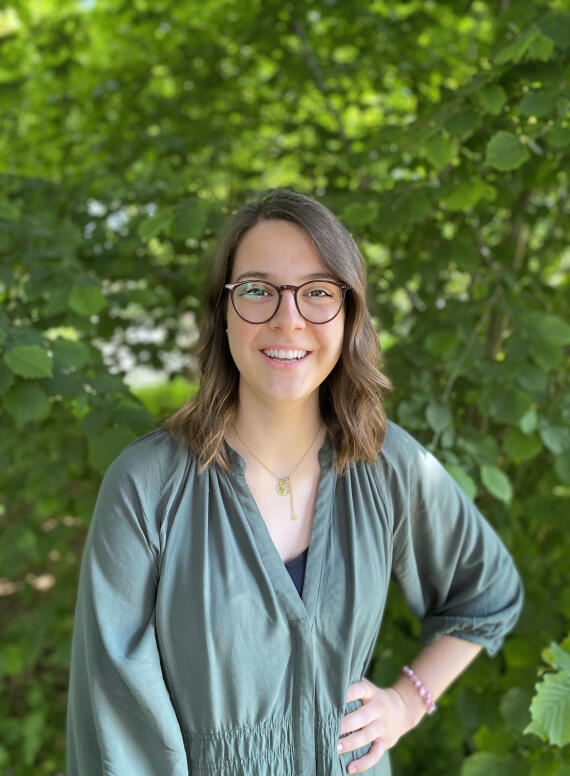
© Nicolas Schröder Esther Van Den Bos
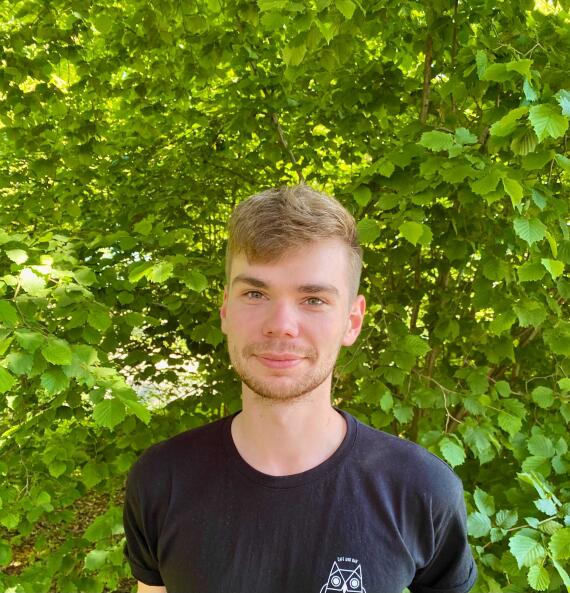
© Janina Rinke Nicolas Schröder
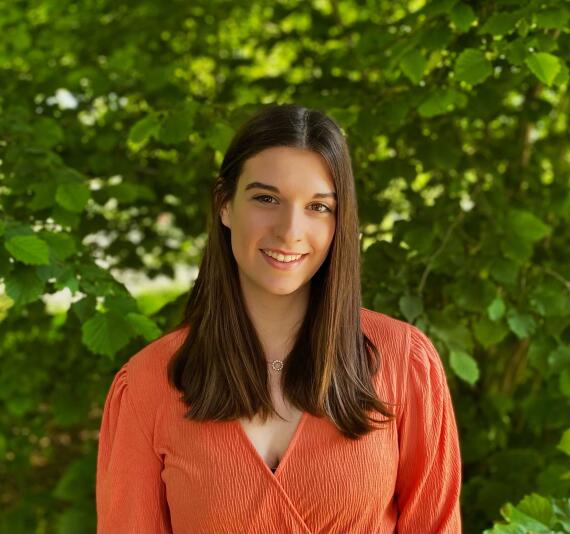
© Nicolas Schröder Janina Rinke
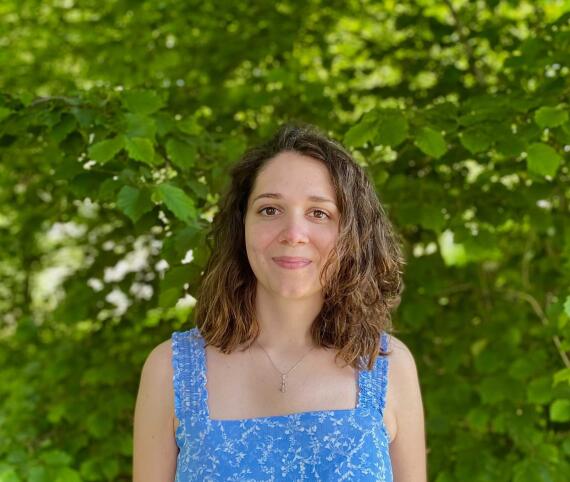
© Nicolas Schröder Maja Drakula
Bachelor students
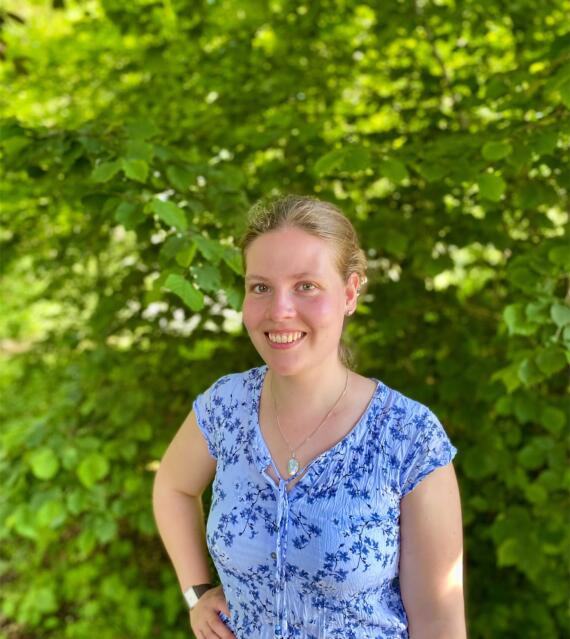
© Nicolas Schröder Svenja Kieckhäfer
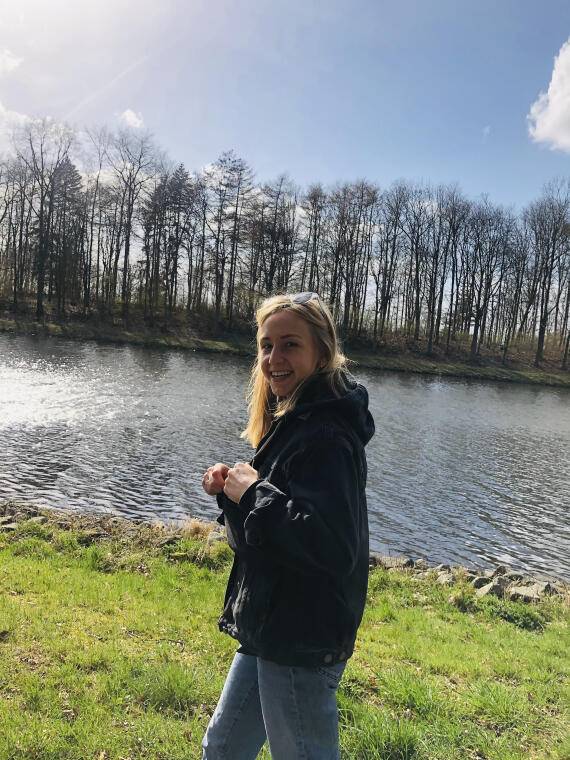
© Eyleen Wiese Eyleen Wiese

© Lena Wiegert Lena Wiegert

